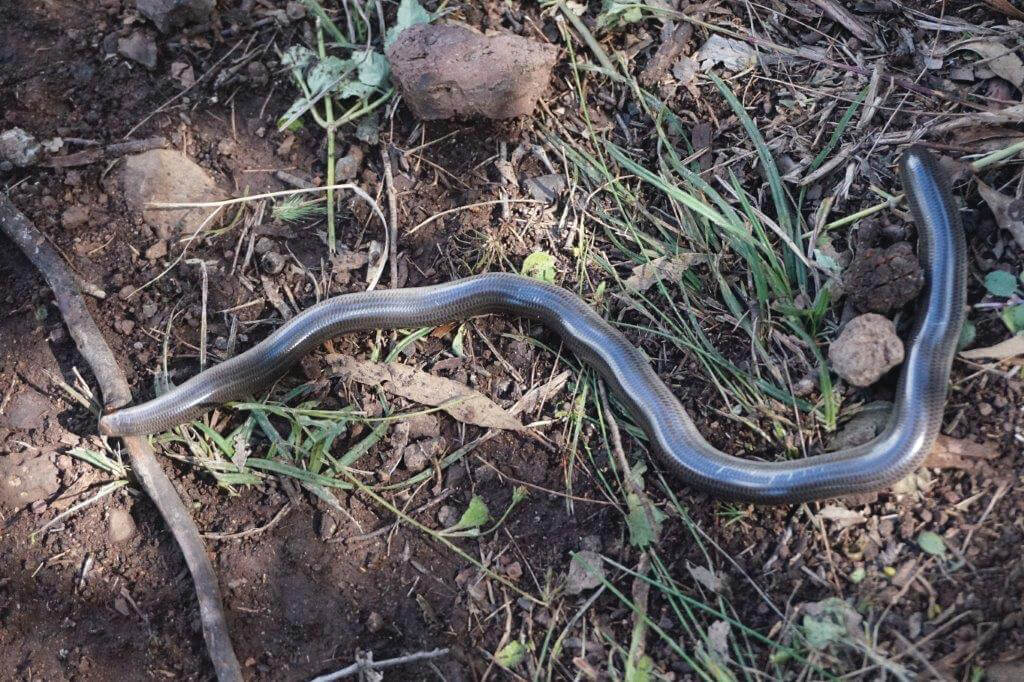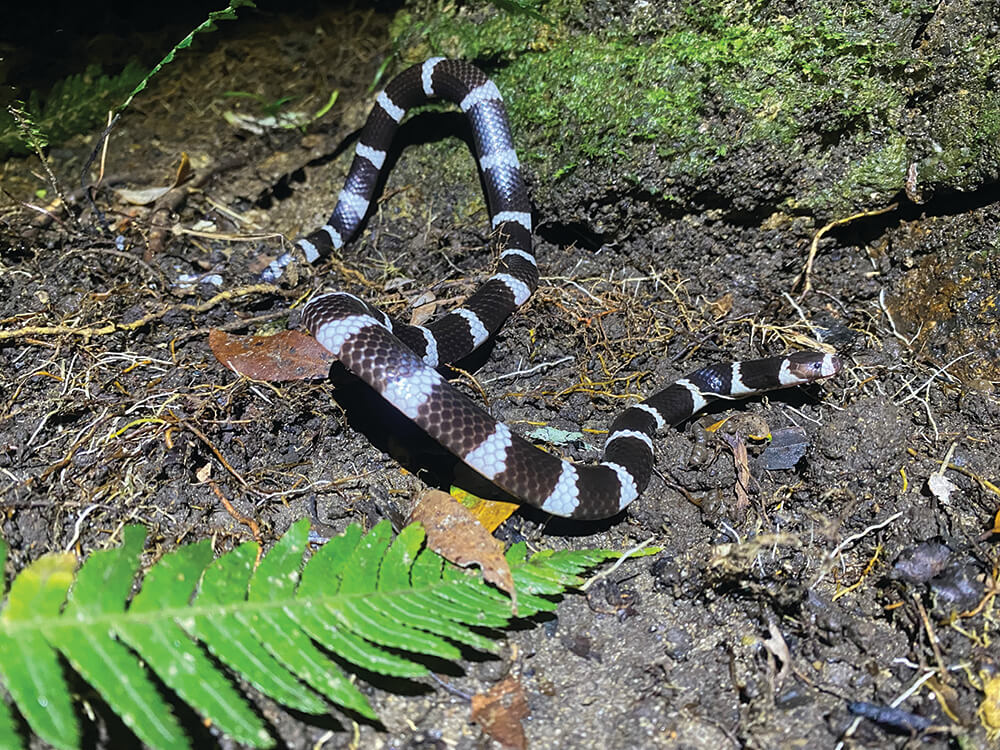The Myth, The Meme, The Mystery
My curiosity about blind snakes was first aroused on a walk around the Toowoomba escarpment, when my partner pointed out a perfect, but very dead specimen, lying just by the path. A sleek, scaled, worm-like corpse. Vestigial eyes staring blankly out from a tiny head. No visible wounds or abrasions, no evident clues to where it had come from. My curiosity was piqued, and down the rabbit hole I went.
Often mistaken for earthworms, blind snakes have a thin, uniform body and tiny sightless eyes, dark spots barely visible under opaque scales. Evolved for life in darkness, these snakes long ago lost the ability to see. Their worm-like body and smooth scales make short work of sliding through insect tunnels, burrowing through the ground, forked tongues flicking out to taste for ants and termites. Unable to bite and nonvenomous, these snakes are completely harmless. A nice change of pace for Australian wildlife!

Funnily enough my seemingly random encounter with this cryptic reptile mirrors how most data on these snakes has been gathered. They are quite hard to study, because, well, they live underground. Rarely emerging other than following weather a frog would love, specimens are rarely discovered by scientists. Your pet cat or swimming pool are far more likely to catch one!
There are 46 species of blind snake in Australia, 18 of which reside in Queensland. One of which is at risk of vanishing forever.
Recently a massive team of scientists joined forces to discover which Australian reptiles were most at risk of extinction. They ranked the 20 reptiles most likely to be extinct by 2040. Of these 20 species, 55% reside in Queensland. Six of these species have less than a 50% chance of survival. Their future on the toss of a coin.
South East Queensland has the dubious distinction of owning number two of the top six. The critically endangered Fassifern Blind Snake (Anilios insperatus) is a rare and cryptic critter, even by blind snake standards. So much so that it was first recorded in only 1992. Found in a paddock under a rock, it sat unclassified in a jar for the next thirteen years, until a small group of scientists described it as a new species. And neither hide nor smooth, shiny scale has been seen of them since.
Fassifern Valley lies nestled comfortably within the picturesque surrounds of the Scenic Rim. Not far from Boonah and the Kalbar Sunflower Festival, Fassifern Valley produced the only specimen of this species known to science.

Sadly, the Fassifern Blind Snake might fade from existence before we ever find out more about the species. Scientists estimate there is a 75% chance that it will be extinct within the next 20 years.
Scientists have been searching for almost three decades for another Fassifern Blind Snake. Finding more specimens would allow researchers to model the potential distribution of the species.
So, if you live in the Scenic Rim and heavy rain breaks the heat of a hot summer’s day, take your torch on an evening wander and keep your eyes trained near your feet. You might just happen upon a Fassifern Blind Snake and help save this rare and enimagtic species.
If you live in the Scenic Rim and come across a blind snake, please don’t touch, but note the location, take lots of photos and get in touch with the Queensland Museum and your local Land for Wildlife Officer.
References
Geyle HM, et al. (2020) Reptiles on the brink: identifying the Australian terrestrial snake and lizard species most at risk of extinction. Pacific Conservation Biology, 27, 3-12.
Venchi A, et al. (2015) A new blind snake (Serpentes: Typhlopidae) from an endangered habitat in south-eastern Queensland, Australia. Zootaxa, 3990 (2), 272–278.
https://www.fassifernguardian.com/nature/scenic-rim-snake-second-most-likely-to-go-extinct-in-australia
https://reptilesmagazine.com/the-20-most-imperiled-australian-reptiles-predicted-to-disappear-by-2040/
Article by Amelia Carlson
Land for Wildlife Supporter
Toowoomba Region
